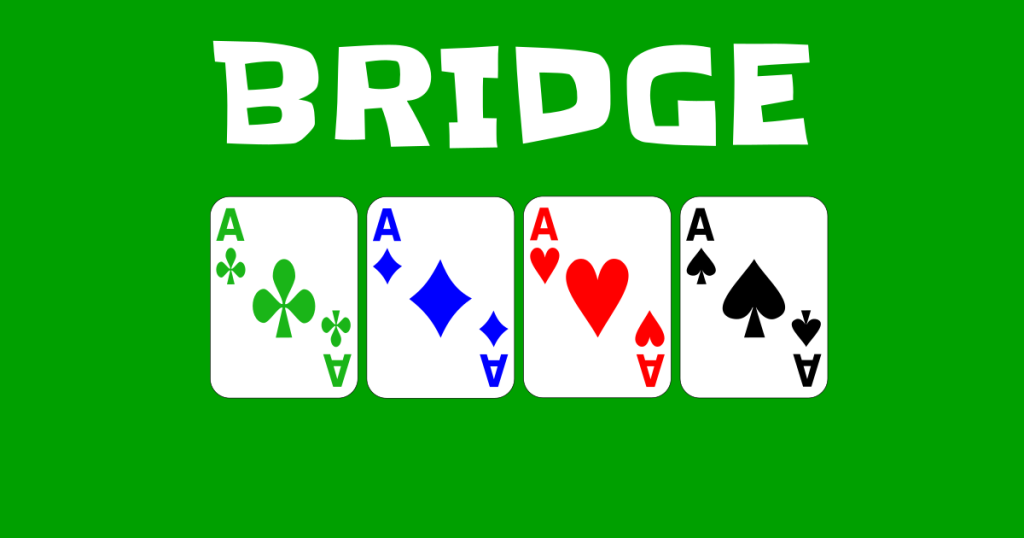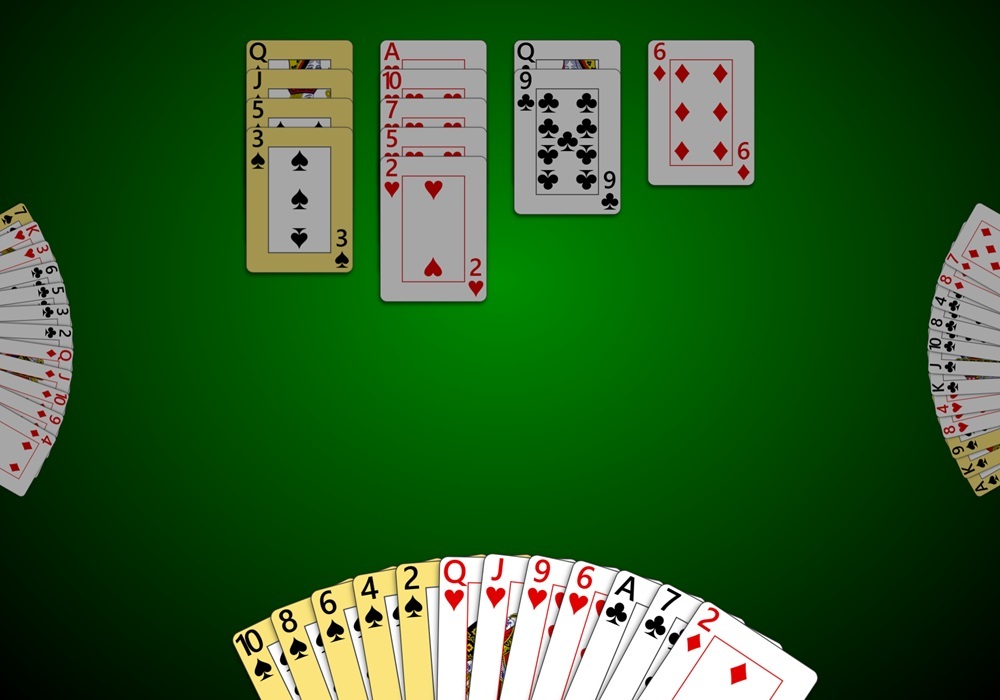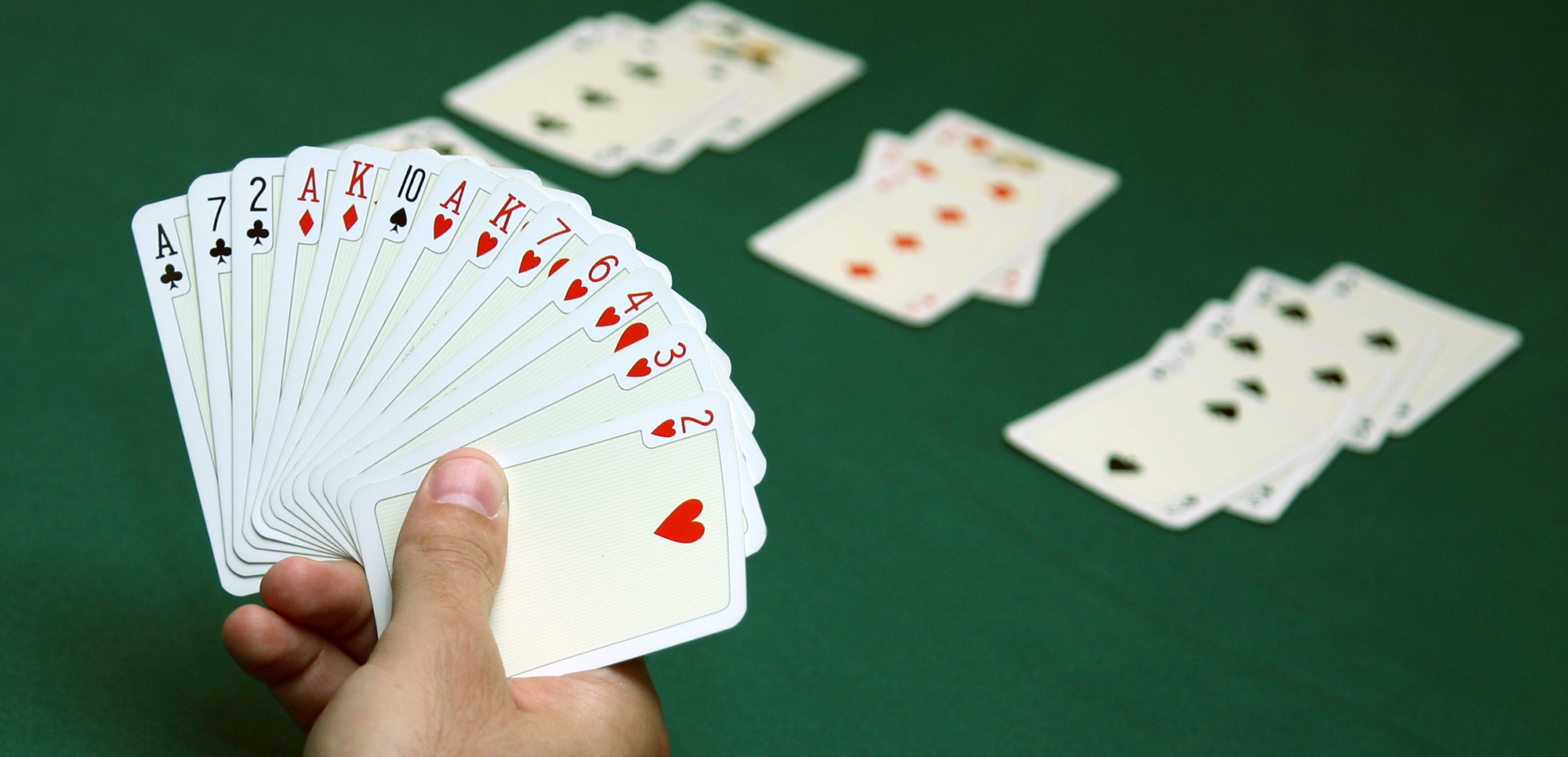Introduction
Card games have been a cornerstone of social entertainment for centuries, and among the most strategic and widely respected games in the genre is bridge. While the traditional form of contract bridge remains the most well-known, there exists a simplified variation known as the Chicago Bridge card game. Popular for its faster format and suitability for both casual and serious players, Chicago Bridge has become a favorite among card enthusiasts across the globe. Whether you’re new to bridge or a seasoned player looking for a quicker, more structured game, understanding how to play Chicago Bridge can open up a new dimension of enjoyment and challenge. Please visit this.
Chicago Bridge Card Game

Chicago Bridge, often simply called Chicago or Four-Deal Bridge, is a variation of contract bridge designed to be played over a fixed number of deals—typically four. Unlike rubber bridge, which continues until a pair wins two games, Chicago is played in a format that ensures completion within a shorter timeframe, making it ideal for social gatherings or club sessions with time constraints. The structured nature of Chicago also allows for more consistent scoring and pacing, which is appealing for players who prefer predictability and quicker rounds. This format has gained popularity in the United States and the United Kingdom, and is particularly favored in duplicate bridge clubs and friendly home games.
Origins And Evolution Of Chicago Bridge
The Chicago variation of bridge emerged as an alternative to rubber bridge, likely originating in the early 20th century in Chicago, Illinois—hence the name. It quickly grew in popularity due to its time-limited nature and fairer scoring system. In rubber bridge, one side could dominate the scoring over many hands, potentially creating uneven play. Chicago aimed to fix this by setting a four-deal limit and adjusting the vulnerability status of the partnerships per deal, thereby introducing fairness and balance into the gameplay. Over time, this version has been integrated into many online bridge platforms and local tournaments, further expanding its reach and influence among card game fans.
Understanding The Basic Setup Of Chicago Bridge
Chicago Bridge is played with a standard deck of 52 cards among four players split into two partnerships. The players sit opposite each other at a square table, with partners forming the North-South and East-West teams. The cards are dealt clockwise, and gameplay proceeds as in contract bridge, with a bidding phase followed by the play of the hand. However, the key difference in Chicago Bridge lies in its scoring and vulnerability structure. Each game consists of exactly four deals, and specific vulnerability rules apply based on the deal number. This ensures both partnerships experience vulnerability, which affects bonus and penalty points, during the four-deal cycle.
Rules And Bidding In Chicago Bridge
The bidding process in Chicago Bridge follows the standard rules of contract bridge. Players bid in a clockwise rotation, declaring how many tricks above six they intend to win and the suit they choose as trump—or opting for no-trump. Bidding continues until three consecutive players pass, ending the auction. The highest bidder becomes the declarer, and their partner is the dummy, laying their cards face-up on the table after the opening lead. What differentiates Chicago Bridge from other forms is how it handles vulnerability. In the first deal, neither side is vulnerable. In the second and third deals, only one side is vulnerable—typically North-South in the second and East-West in the third. In the fourth deal, both sides are vulnerable. This rotation ensures fairness and strategic variety, as vulnerability impacts scoring outcomes.
Gameplay Mechanics And Strategy Tips

Once the bidding concludes, the declarer’s left-hand opponent leads the first card, and play continues clockwise. The declarer attempts to fulfill their contract by winning the specified number of tricks, while the defenders try to set the contract by preventing the declarer from achieving this. Success in Chicago Bridge requires thoughtful strategy and communication between partners, especially during the bidding phase. Defensive play is crucial, and players must learn to interpret their partner’s leads and discards. Declarers must also plan their play carefully, managing trump control and anticipating the defenders’ potential plays. Since the game comprises a limited number of deals, every trick and decision carries weight, making efficient play and calculated risk-taking essential to success.
Scoring In Chicago Bridge
Scoring in Chicago Bridge aligns with contract bridge but with structured rules due to its fixed-deal format. Points are awarded for successful contracts and bonuses for overtricks, undertricks, slams, and games. If a partnership fulfills a contract at the game level—meaning it scores 100 or more points in a single hand—it receives a game bonus. Vulnerability status significantly impacts these scores. For example, vulnerable partnerships earn higher bonuses for fulfilling contracts but face steeper penalties for failing. Each deal is scored independently, and the cumulative score over four deals determines the winner. This structure not only maintains fairness but also keeps the game competitive and engaging until the last hand is played.
Vulnerability And Its Role In Strategy
Vulnerability is a unique and critical aspect of Chicago Bridge that adds depth to the strategy. In traditional rubber bridge, vulnerability occurs when a partnership wins a game, but in Chicago, it is predetermined by the deal number. Being vulnerable means you gain higher bonuses for successful game or slam contracts, but you also face more significant penalties for failing. This dynamic forces players to adapt their strategies with each deal. For instance, a vulnerable partnership might avoid high-risk bids unless their hand is exceptionally strong, while a non-vulnerable team might take more aggressive chances. Understanding when to push for a game contract or play conservatively based on vulnerability is a hallmark of skilled Chicago Bridge players.
Common Mistakes To Avoid In Chicago Bridge
Even experienced players can fall into traps while playing Chicago Bridge. One common mistake is mismanaging the bidding phase by either overbidding with weak hands or underbidding strong hands out of caution. Another issue arises when players fail to account for vulnerability, leading to unnecessarily risky contracts or missed opportunities for big bonuses. Poor communication and signaling between partners can also lead to defensive errors or missed chances to set a contract. Effective use of conventions such as Stayman or Blackwood can improve bidding accuracy, but misuse or misunderstanding of these tools can backfire. To play successfully, it’s vital to study and practice these elements consistently, ideally with a regular partner.
Chicago Bridge In Clubs And Online Platforms
Due to its structured nature, Chicago Bridge is especially popular in club settings and online bridge platforms. Many duplicate bridge clubs prefer the Chicago format because it allows for rotation and competitive scoring over a fixed number of deals, making tournament organization smoother. Online, platforms such as Bridge Base Online (BBO) and Funbridge offer Chicago Bridge tables where players can join instant matches or practice with bots. These platforms also provide tutorials and analytics, which are beneficial for beginners and advanced players alike. Playing online also enables players to connect with a global community, learn from different styles, and test their skills in various formats without geographical limitations.
Why Choose Chicago Bridge Over Other Formats?
While contract and rubber bridge offer rich gameplay, they often require extended time commitments, which can be a barrier for casual players. Chicago Bridge stands out by providing the same depth of strategy within a shorter, time-bound format. Each game’s conclusion in four deals means sessions are predictable and manageable. The predefined vulnerability rotation ensures balanced opportunities and fairness, especially when playing with new or mixed-experience players. The format also keeps the tension high since every hand contributes significantly to the final score, adding an element of urgency and focus that some other forms lack. It’s an excellent format for beginners to learn bridge fundamentals while still offering enough complexity to keep experienced players engaged.
Variations And House Rules In Chicago Bridge
Though Chicago Bridge has a standardized format, many home players introduce house rules to tailor the game to their preferences. These might include adjusting vulnerability sequences, playing six or eight deals instead of four, or modifying scoring conventions. Some groups use simplified bidding rules for newer players or create social scoring elements such as awarding points for clever plays or defensive brilliance. While purists may prefer the standard rules, part of the charm of Chicago Bridge lies in its adaptability. When played socially, it becomes a highly flexible game that can be as serious or as light-hearted as the players desire, making it perfect for different audiences and settings.
Teaching And Learning Chicago Bridge

Introducing new players to Chicago Bridge is an excellent way to spread appreciation for the game. Because it simplifies the rubber format while retaining bridge fundamentals, it’s an ideal teaching tool. Beginners can quickly grasp key concepts like trick-taking, bidding, and partnership strategy within the confines of four manageable hands. Resources such as books, YouTube tutorials, online platforms, and bridge clubs offer numerous opportunities for learning. Mentorship from experienced players also accelerates learning by providing real-time feedback and encouragement. For children or young adults, simplified decks and visual aids can make the learning experience more engaging, potentially igniting a lifelong passion for the game.
Chicago Bridge As A Social And Cognitive Activity
Beyond the rules and competition, Chicago Bridge is a profoundly social and mentally stimulating game. Playing regularly sharpens memory, strategic thinking, communication, and emotional regulation—skills that are beneficial in everyday life. For seniors, it provides cognitive stimulation and social engagement, which are vital for mental well-being. For younger players, it encourages critical thinking and discipline. The camaraderie developed between partners and opponents over regular sessions builds lasting friendships and networks. Whether played casually over tea or competitively in clubs, Chicago Bridge creates meaningful interactions that enrich the social lives of its participants.
Conclusion
Chicago Bridge represents a perfect balance between the depth of traditional bridge and the efficiency of a time-limited game. Its structured format, strategic nuances, and social appeal make it a beloved choice for players of all skill levels. Whether you’re learning bridge for the first time or seeking a faster-paced alternative to rubber bridge, the Chicago version delivers a satisfying experience that rewards skill, cooperation, and quick thinking. From bidding and scoring to partnership strategy and vulnerability management, Chicago Bridge offers everything a card game enthusiast could hope for. With its growing availability online and continued presence in clubs and homes around the world, there’s never been a better time to learn, play, and master Chicago Bridge.

